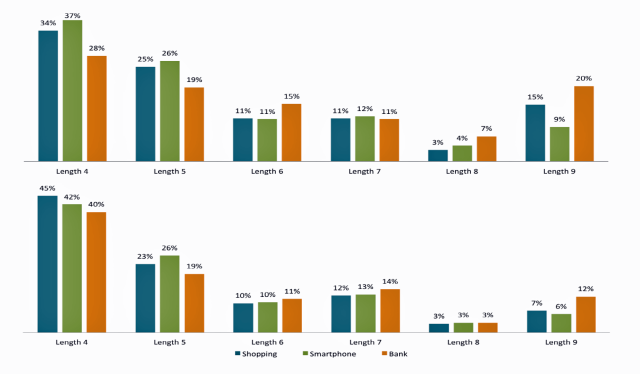-
Tips for becoming a good boxer - November 6, 2020
-
7 expert tips for making your hens night a memorable one - November 6, 2020
-
5 reasons to host your Christmas party on a cruise boat - November 6, 2020
-
What to do when you’re charged with a crime - November 6, 2020
-
Should you get one or multiple dogs? Here’s all you need to know - November 3, 2020
-
A Guide: How to Build Your Very Own Magic Mirror - February 14, 2019
-
Our Top Inspirational Baseball Stars - November 24, 2018
-
Five Tech Tools That Will Help You Turn Your Blog into a Business - November 24, 2018
-
How to Indulge on Vacation without Expanding Your Waist - November 9, 2018
-
5 Strategies for Businesses to Appeal to Today’s Increasingly Mobile-Crazed Customers - November 9, 2018
Many Android Lock Patterns are Similar, Insecure
While one might think that this makes Android devices inherently secure, Marte Loge of the Norwegian University of Science and Technology recently explained why your Android lock pattern may be easier to crack than you imagined. Løge also discovered that 77 percent of all used patterns began at one of the corners of the display.
Advertisement
It’s also worth pointing out that the oils in your fingers leave visible streaks on your device screen – if you don’t use a complex pattern with backtracks, a thief wouldn’t need to guess your pattern – it’s right there for anyone to see!
“Humans are predictable”, Løge told Ars last week at the PasswordsCon conference in Las Vegas, where she presented a talk titled Tell Me Who You Are, and I Will Tell You Your Lock Pattern. She observed that both the sexes preferred using a nine-nodes pattern most of the times and very rarely used the eight nodes pattern though both these provided nearly the same number of possible options of patterns. To wit, when a user chooses 4 or 5 nodes, the number of possible patterns comes out to 1624 and 7152, respectively.
Her advice to Android users who want to bolster their phone security is to keep their patterns complex and node-heavy, using as many points on your phone as possible. Suppose, attacker knows the names of the victim or their people it becomes all the more easier guess.
Males are more likely to complicate and add more nodes whereas hardly any females used cross-overs or direction changes when creating a lock screen pattern. Løge claims that APLs suffer from the same problem – predictability.
An ALP can have as few as four nodes and as many as nine nodes and the chart below will show you the number of combinations you can derive from the number of nodes you select. Part of the study had the participants make up three different ALPs – one for a shopping app, a banking app and one to unlock a smartphone. It was a really fun thing to see that people use the same type of strategy for remembering a pattern as a password. Løge says 10 percent of patterns create a letter (like an “N” or “O”, seen above).
Advertisement
Now that readers have understood the dangers of using the common pattern locks, do try to make your ALPs more complex and use crossovers to avoid being attacked by some crook.




























